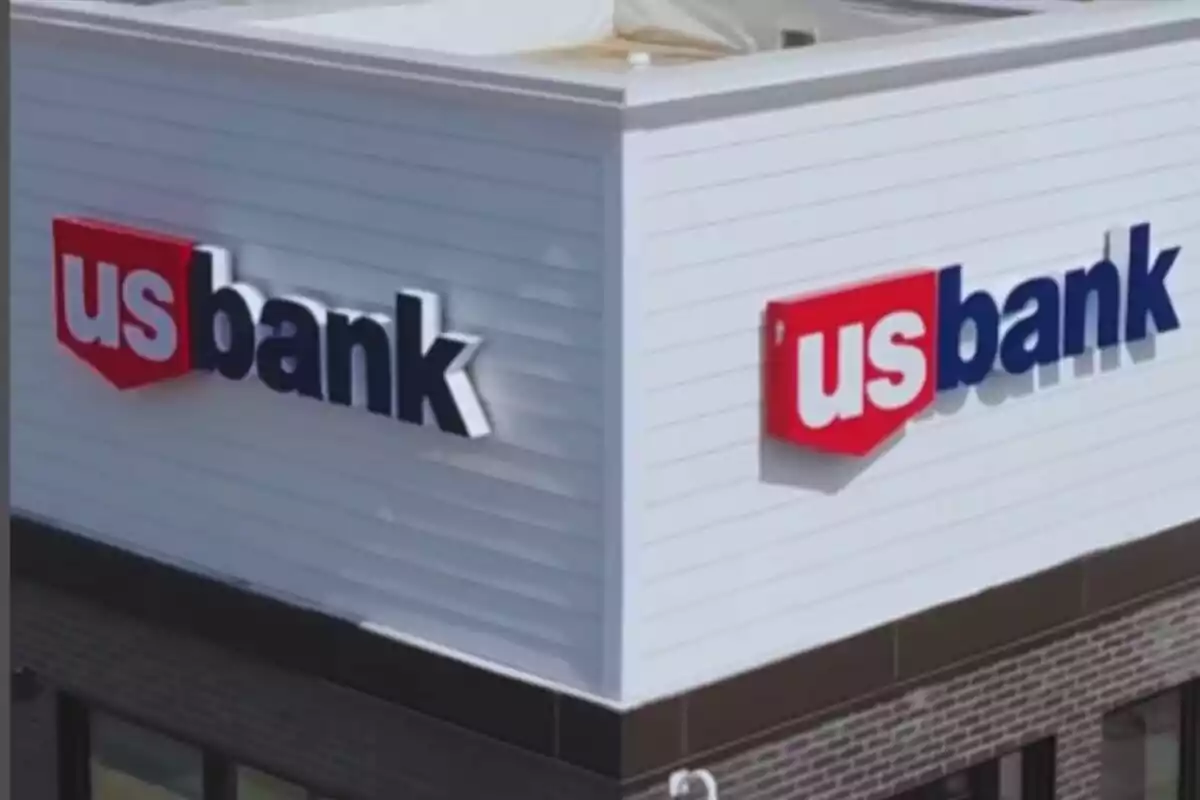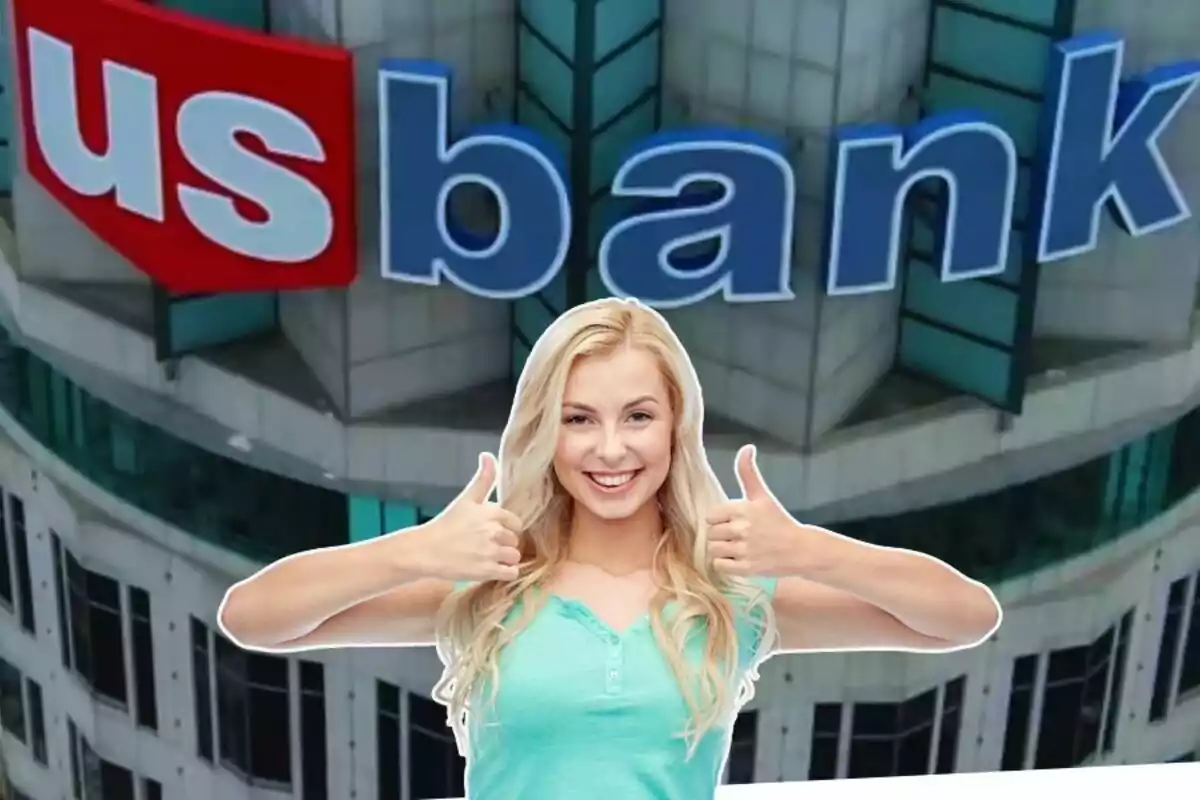When you log into your US Bank account and it's not as it should be, it can be quite unsettling. But don't worry: US Bank has designed its system to handle these cases quickly and clearly, avoiding stress and helping you at all times.
US Bank warns its customers: this is why your account may be blocked
There are several main reasons that can trigger a block. The bank detects suspicious activity: transfers out of the ordinary or fraud alerts. Or you receive deposits from unexpected accounts that aren't in your name.
There may be technical errors or problems with your personal information: addresses, outdated banking data. When US Bank blocks an account, they don't leave you in the dark.

They usually send you an immediate notice by email or mobile notification. You can easily set up banking alerts from your profile, so you receive information about transactions, logins, or blocks.
What you should do in that delicate moment: US Bank finally clarifies
The most effective measure is to act quickly. Call the customer service number (800‑USBANKS or the one listed on your card) or go to a branch. The sooner you contact them, the sooner the solution begins.
You can explain that the transfer or transaction is legitimate. For example, if your partner sends you money from their bank, you can prove it with statements, identification, or registrations.

With damage control, you avoid the situation getting worse, generating charges for returned checks, rejected payments, overdrafts, or problems with pending bills. If you don't react, after the block there could be a permanent account closure and loss of access to funds.
US Bank's justification: how to recover your account
In its terms, US Bank states that they can cancel, block, or not renew access for different reasons. For example, for suspicious activity, lack of use, misuse, problems with PIN or card, or even technical errors. The idea is to protect the customer before regretting more serious consequences.
Contact them quickly, use the mentioned number or the one on your card, and verify your identity. They'll ask for personal data, maybe your ID, statements, or to explain the transactions.
If it's a block due to password or PIN, you can reset them online. If it's due to unusual activity, you may have to go to a branch or send documents. Once everything is verified, the block is lifted and you can use your account normally again.

